Table of Contents
ToggleIndia is a vast country in every sense of the word, From its population of approximately 1.33 billion to its expansive cities and wide-open which seem to be endless countryside, India certainly earns its subcontinent status. India is home to dozens of communities, languages, and several religions. Some of the most magnificent buildings in the world are situated in India like the Taj Mahal and the Golden Temple. They’re not to be missed.
It is because of India’s colonial past that ensures that English is widespread in the country. English holds official status alongside Hindi. Most of the Indians speak these two languages, as well as one or more of the plenty of regional and minority languages in the country such as Punjabi, Gujarati, Marathi, Bengali, etc.
The reason that makes study abroad in India so captivating is that it’s a country that is developing continuously. Major technological advancements are being made apparently every day in India. As India becomes more prosperous and powerful, the middle-class sector is growing and its rates of poverty, illiteracy, and early mortality are declining.
The thing for which India is best known around the world is also one of the major draws for international students coming to the Country: the food. As the world has become more and more interconnected, curries, naans, and sugar puddings have spread around the world and are loved by billions of people. India also has interesting stories, from the origin stories of the Hindu gods to traditional folktales and stories of legends, Indian stories can keep you enthralled for hours at a time.
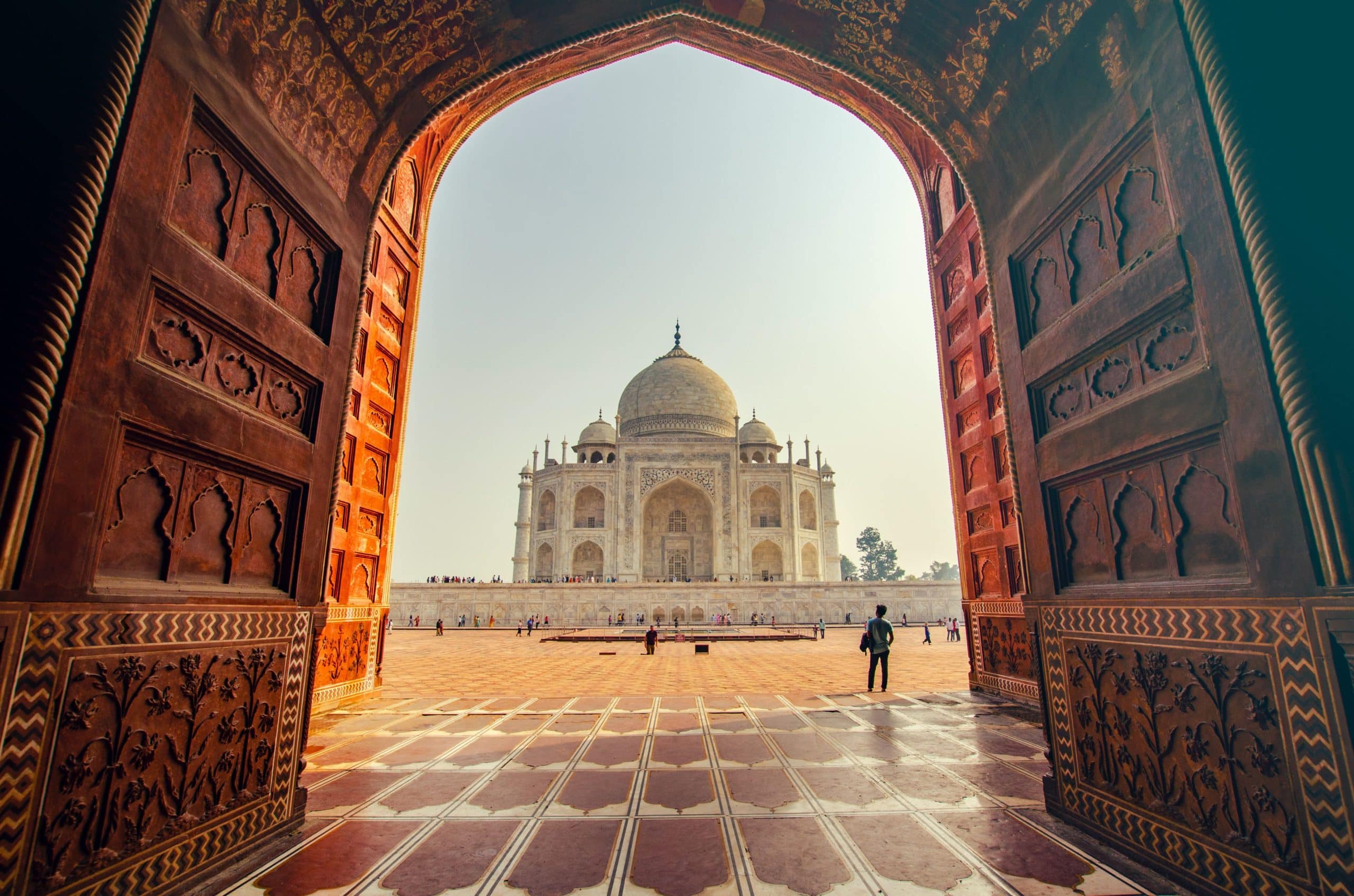
Education in India
Higher education in India is rapidly expanding. Today, there are numerous accredited Universities in India, and around fifty of them are internationally recognized.
Higher education in the country has experienced a dramatic shift during this century. It’s gone from being sub-standard to completely regulated. As a result, some of India’s top schools are now on a par with some American schools in several disciplines.
English programs are common in India and are extensive in scope and reach. Many schools provide identical programs: one taught in English, the other in Hindi. However, English is becoming increasingly dominant in Indian higher education classrooms.
A Bachelor’s degree in India takes between three to five years, depending on the subject and if there’s any time spent studying on exchange. A Master’s degree also called a professional degree, usually takes one or two years. As for a Ph.D., that takes the international-standard time of between three and five years, depending on whether or not you teach while you research.
Tuition fees of Indian Universities
Most Indian Universities charge between $2500 and $5000 per academic year, depending on the level of study. Degrees that require the frequent use of facilities, like medicine or engineering, will generally deviate towards the higher end of this spectrum. As for Ph.D. students, positions are generally unpaid but may come with a monthly stipend of at least $340.
The Indian government also provides financial help but only after you’ve been in India for three consecutive years. This is why you need to provide evidence of financial self-sufficiency while applying for a student visa to Study Abroad In India.
Coming for scholarships, they are numerous. The Indian government is actively attempting to encourage and recruit international students. The most prestigious of all the scholarships is the Study in India Scholarship. The scholarship grants a completely free ride for recipients and can be awarded for up to five academic years. The scholarship even incorporates free Hindi lessons, giving you a strong launchpad into the world’s second-largest labor market.
Student Visa Process
Unless you hold a Bhutanese or Nepalese passport, you need a visa to study in India. You also don’t need a visa if you hold Overseas Citizen of India status or a Person of Indian Origin card, as these give you many of the same rights and benefits as full citizenship. Fortunately, for everyone else, India makes the whole process as simple and straightforward as it can be.
Firstly, you must have written approval of your admission to an Indian University. Universities usually provide this in both Hindi and English. The English version is suggested for this application. The course must be at least six months long. You’ll also need to provide evidence of how you will get a realistic amount of money to live and survive in the country without having to work. After all the documentation, you need to appear for the Visa Interview. You get a chance to study in the Country if you clear the Visa Interview.
Please note that your passport should be machine-readable. If it’s not, you’ll be denied entry to India, even if you have the right visa.
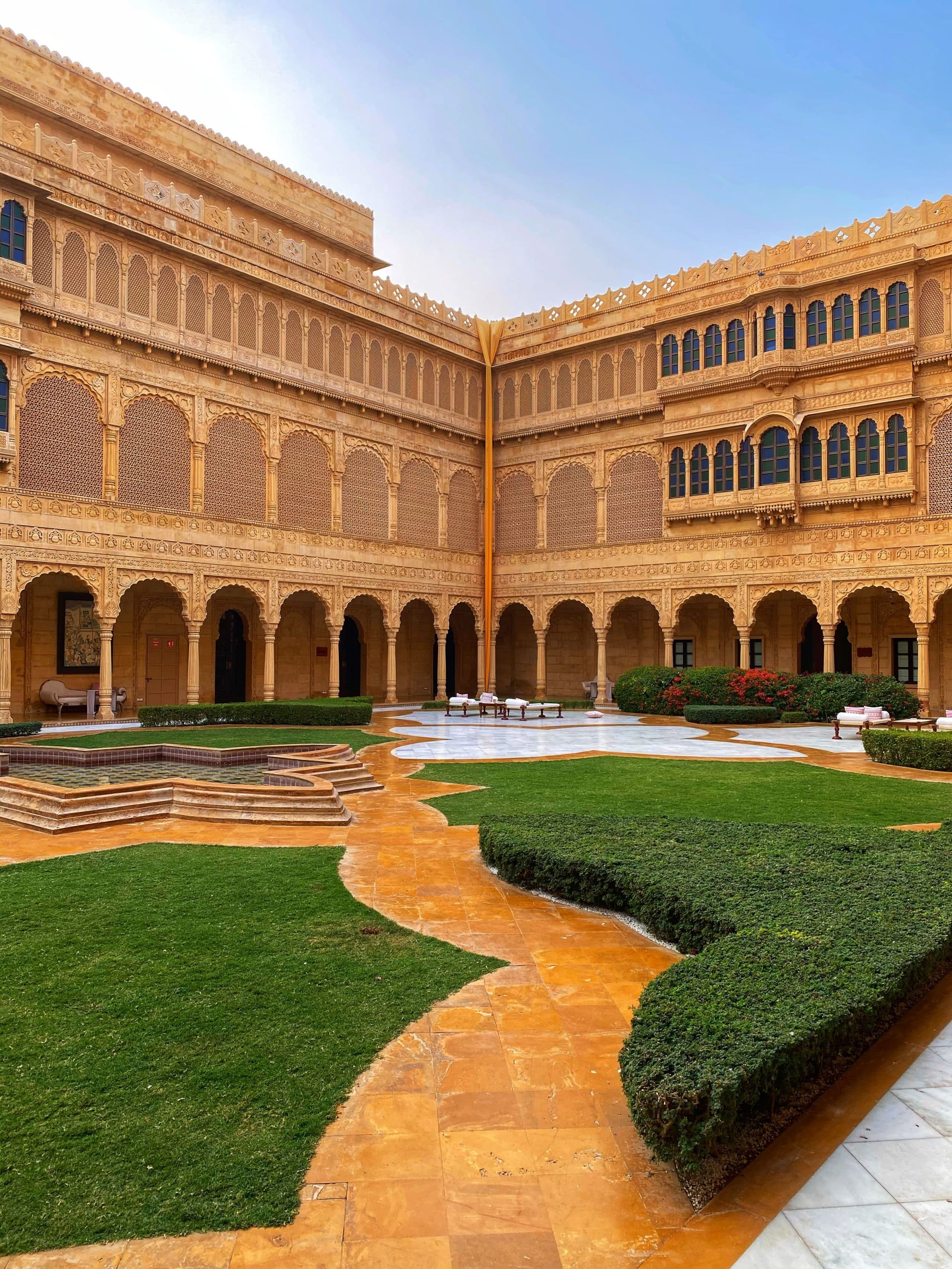
Cost of living in India
The cost of living in India is steadily rising but still, it is much lower than that of the US and several other European countries.
Most international students end up living in Mumbai or Delhi and they both have a fairly similar cost of living, for instance, you can get a 1bedroom apartment in around 20,000-25000 per month. The rates may vary depending upon the area.
Some larger Indian Universities also have student dorms. These are called halls of residence in India. Many halls of residence include utilities and even the internet, as part of the rent. Halls of residence normally cost between Rs 51,300 ($700) and Rs 146,600 ($2000) yearly, depending on the type of room, University and location.
You can keep your food costs lower by buying stuff from popular markets and street vendors, as many locals do. Just make sure to bargain unless the price is mentioned. This will help you to get a more authentic sense of India than in a supermarket.
India is both cash and card-driven so while you study abroad In India, it just depends on where you are residing. Card and payments through mobile applications are becoming more and more popular in big cities, but, at some street stalls and in urban areas, you may need cash.
Languages used in the country
Mainly, India has two languages: Hindi and English. Hindi is written using the Devanagari script. But outside the state such as Madhya Pradesh and Uttar Pradesh very few people speak them as their first language. Major regional languages, like Punjabi, Marathi, and Gujarati, as well as dozens of other smaller languages, are used heavily for everyday communication in India.
As India becomes more of a global player, the use of English is rapidly developing and is encouraged. The language proficiency of Indians is quite remarkable. Most Indians can move between two, three, or even more languages, usually in the same sentence while speaking to the same person.
You’ll also get to experience different cuisines of Indian food as you move from state to state. Enjoy delicious vegetable curries made from fresh produce in the Himalaya foothills. Try a freshly-caught fish curry in the Goa region. Enjoy an exciting Indian twist on a classic British dish, like fish and chips, in the areas of Northern Mumbai. Overall, there’s a lot that you can try and a lot to explore. Throw yourself into the amazing culture of the country while you study abroad In India. Enjoy and embrace it.





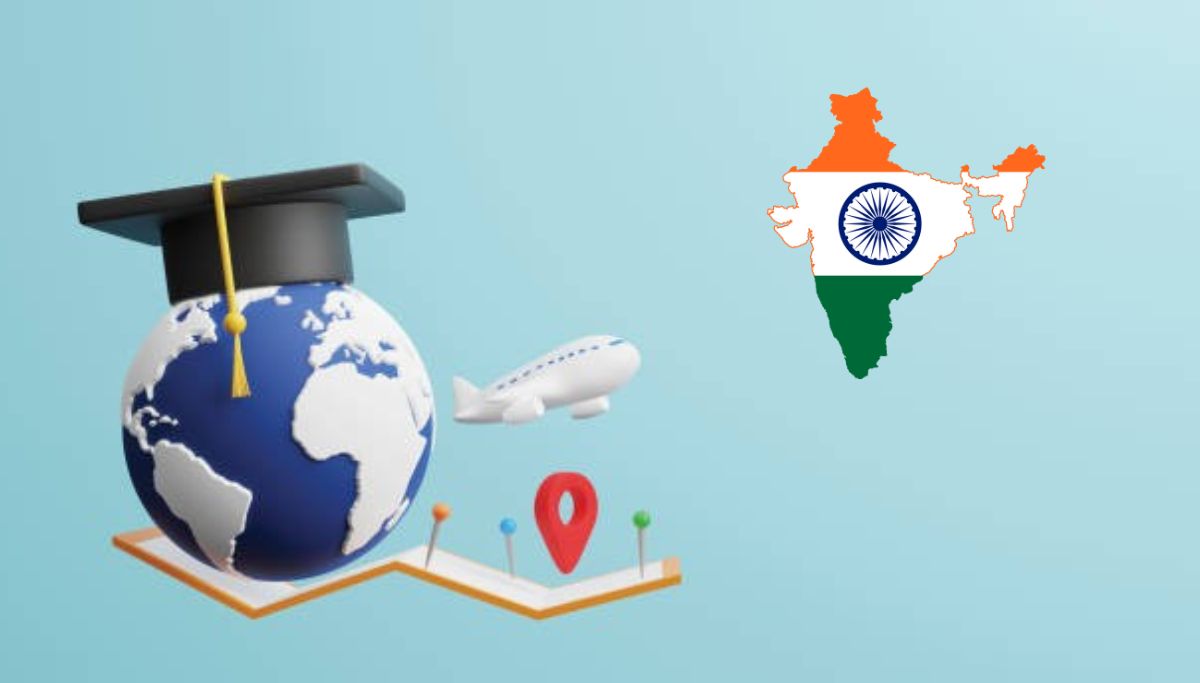





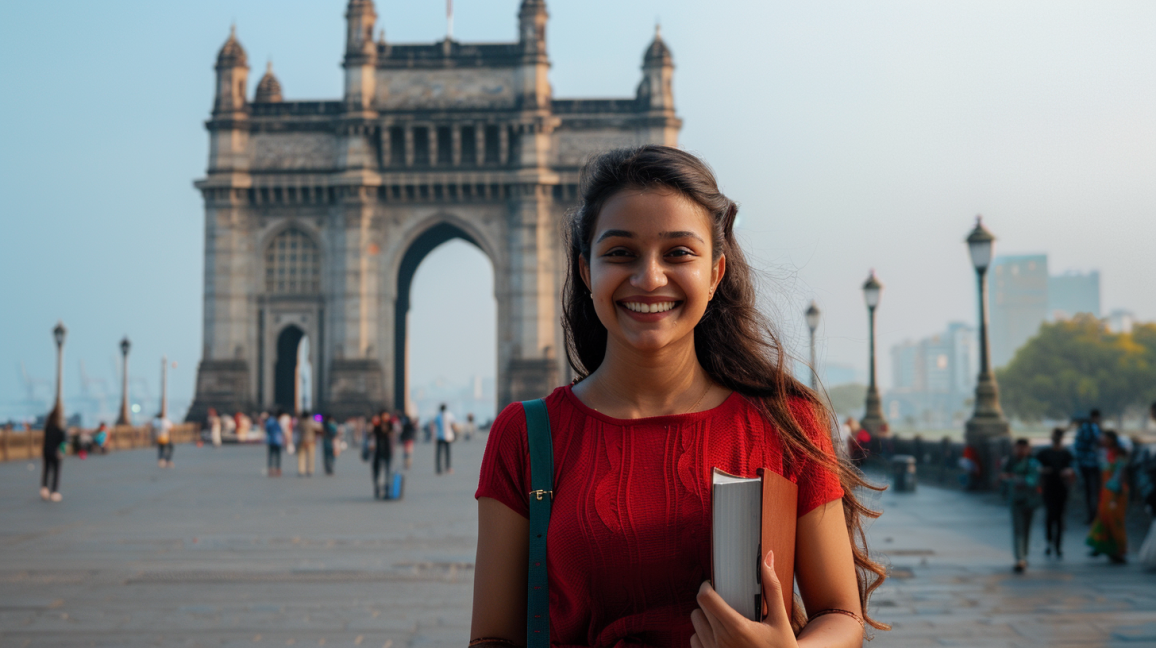
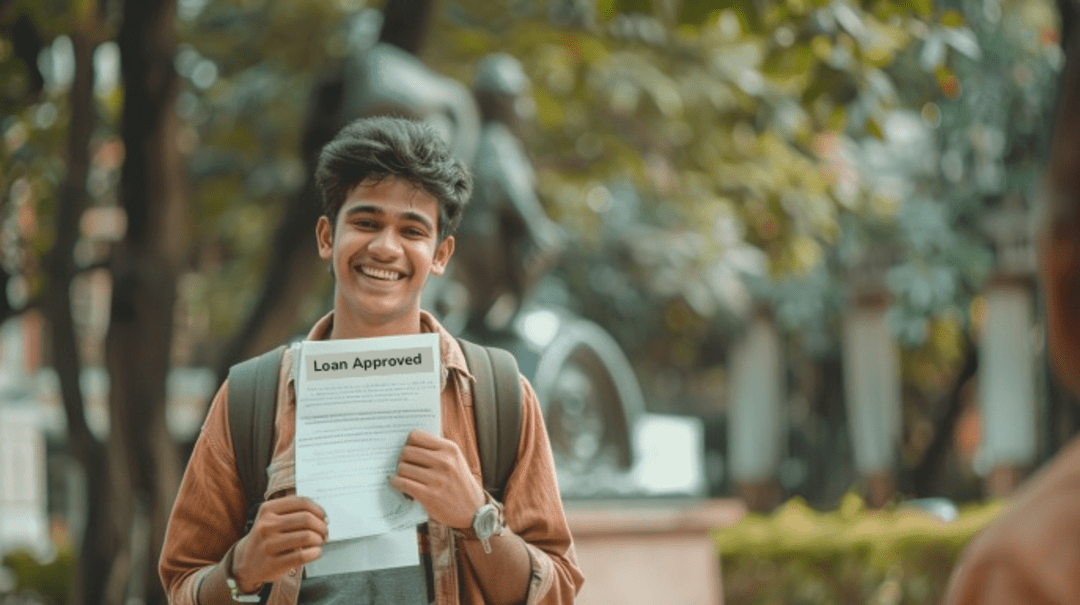
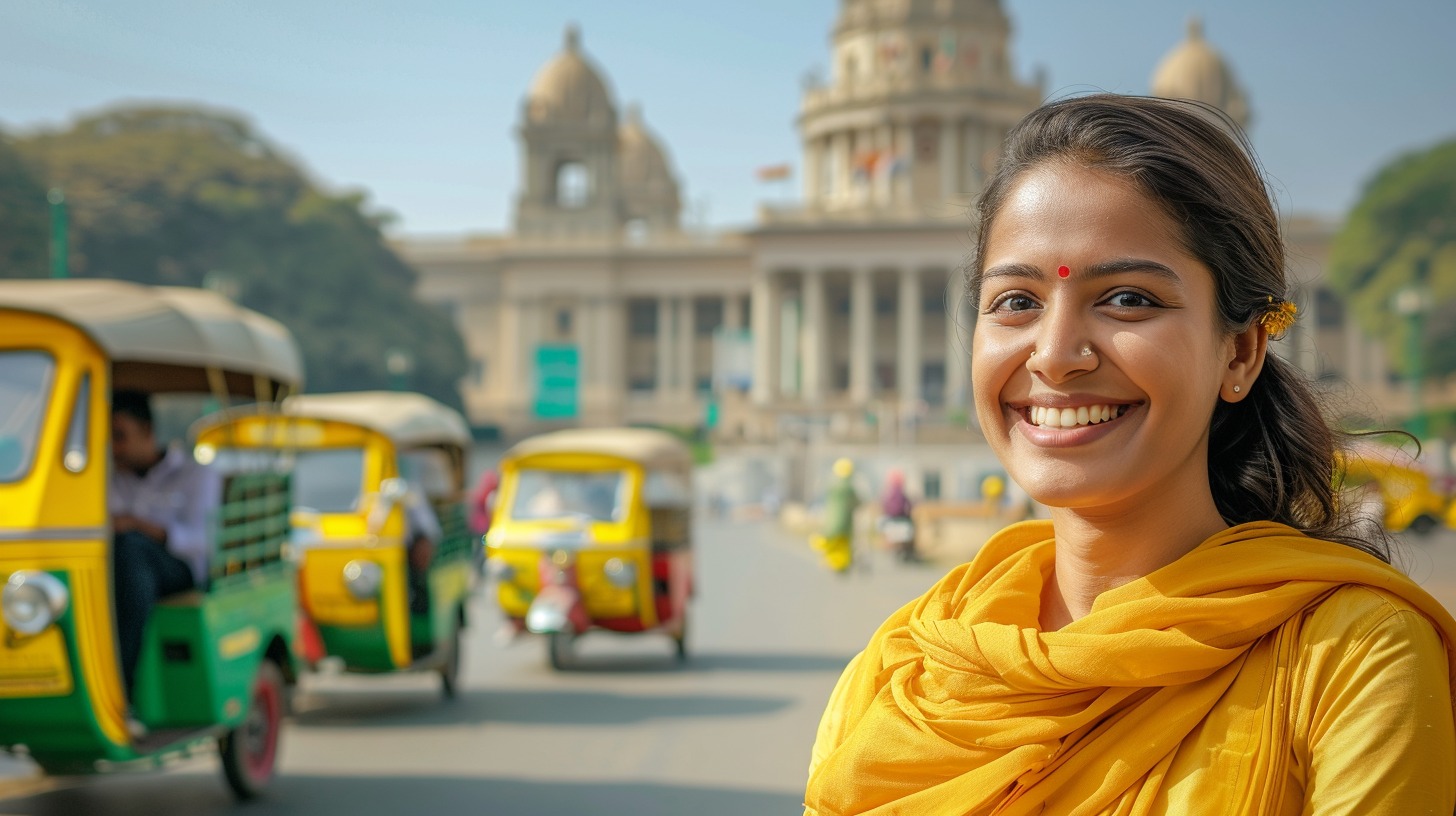
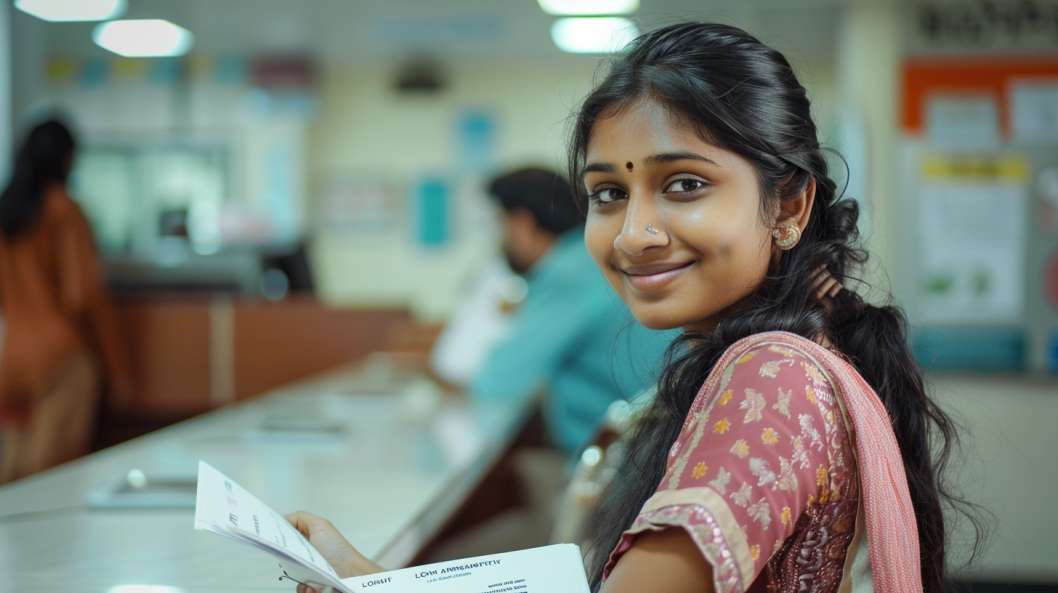
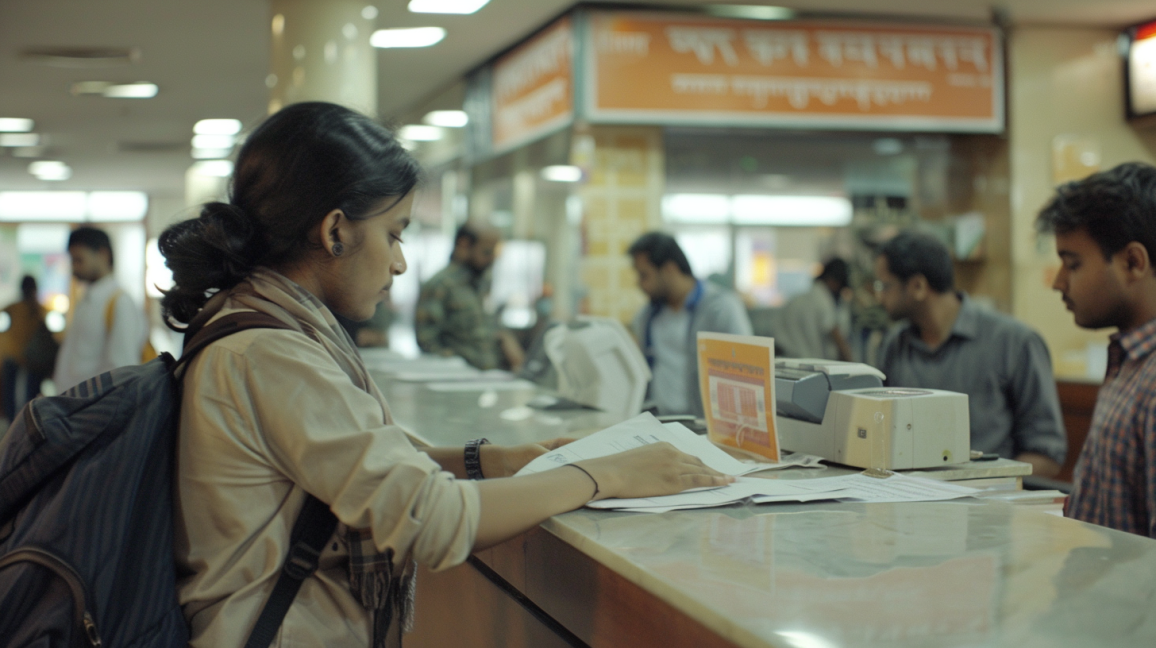
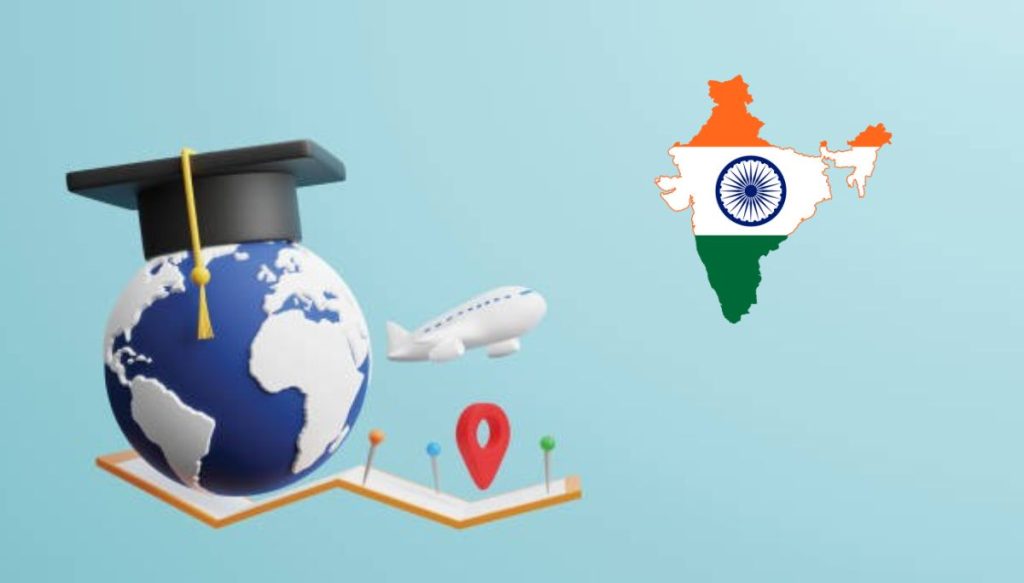
Recent Posts